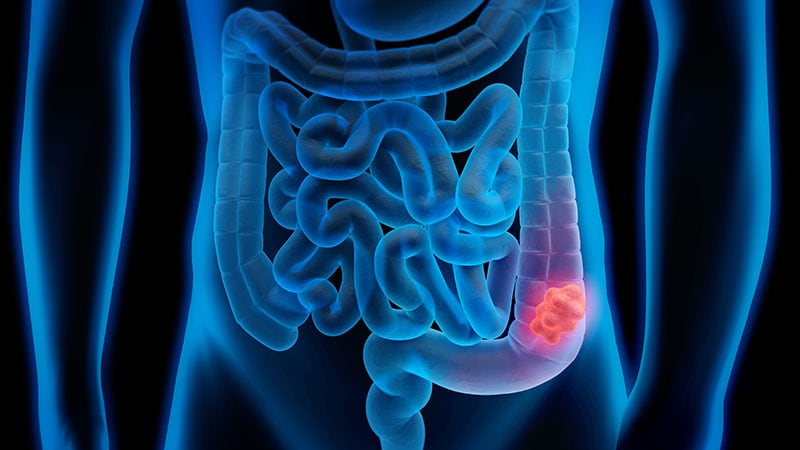The British Thoracic Society (BTS) has issued the first part in a series of guidance on the resumption and continuation of urgent and elective outpatient services in light of the continued situation with COVID-19.
Part 1 addresses risk assessment, ways to reduce exposure and transmission and innovation and workforce considerations.
Reducing risk for outpatients
- Social distancing must be enforced in waiting areas.
- Where possible, one-way flow should be instituted.
- Where face-to-face contact is needed, consider a system of texting or phoning patients when you are ready to see them, so that they can wait outside, for example, in their car.
- Where possible, attendance at the department should be delayed until there is adequate space to socially distance.
- Where it is possible, screens should be used to separate staff and patients.
- The use of face covering within waiting areas should follow Public Health England (PHE) guidance.
- Every health care interaction or episode requires risk assessment including practice that pre-dated COVID-19.
- The risk to patients, carers and staff is paramount and is the primary consideration.
- Discuss the benefit and risk of any encounter with the patient/carers.
- Use personal protective equipment (PPE) recommended by PHE to deliver face-to-face interventions.
- Where possible, deliver care remotely.
- Risk assessment must consider:
- What is the intended benefit of an intervention?
- What is the risk of an intervention and/or of not intervening/delaying?
- How does this apply to the individual based on the risk to that person were they to develop COVID-19?
- What is the individual’s attitude to risk?
- Reduce the likelihood that an individual with COVID-19 attends a face-to-face health care episode.
- Use pre-attendance questionnaires to assess for current/previous symptoms of COVID-19.
- COVID-19-positive patients should self-isolate for seven days.
- Check the patient’s temperature on arrival, and do not proceed if the individual has a temperature of ≥37.3°C.
- Where possible/necessary, pre-screen individuals by swabbing for COVID-19.
- Staff must follow NHS Engand guidance on self-isolation if COVID-19 symptoms develop.
- Staff and members of their household who are symptomatic for COVID-19 should be tested.
- Some asymptomatic front-line staff should be tested routinely as part of infection prevention and control measures.
- When antibody testing becomes available, it should be incorporated into local pathways.
- Hot and cold sites and hot and cold areas (within one site) may be considered. Any arrangement must be responsive to change in demand and activity over the following months.
Innovation
- Innovation and investment are needed, particularly in relation to lung function testing, sleep and ventilation services and bronchoscopy procedures.
- Examine what services can be delivered in community settings such as pulmonary rehabilitation and diagnostic hubs for airway disease. Work with sustainability and transformation plans and clinical commissioning groups to highlight challenges with data access and sharing.
- Consider greater integrated working patterns.
- Eliminate what is 'traditional' but outdated and/or no longer necessary.
- Current practice should be examined and improved where needed to reduce nosocomial spread of respiratory pathogens.
Part 2 of the guidance will cover elective respiratory care where the continuity of service delivery is most challenging: physiology, sleep physiology and bronchoscopic procedures. The document is due to be published shortly.


